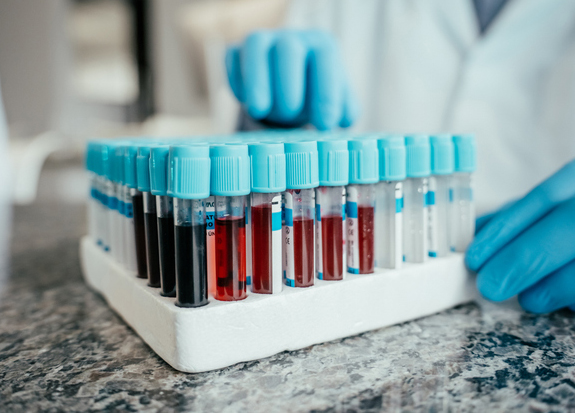King Fahad Medical City (KFMC), founded in 2005, is a flagship quaternary care hospital in Riyadh and a crown jewel of the Health Holding Company and the Ministry of Health. With nearly 9,000 employees, 1,200 beds, and over 800,000 patients served annually, KFMC provides advanced, specialized care in cardiac services, neurosciences, pediatrics, women’s health, and rehabilitation.
In May 2024, KFMC leaders attended INSPIRE 2024, a strategy launch event for the Health Holding Company, where they were introduced to Culture Partners and the idea that culture is not a soft topic—but a force multiplier for business and clinical results. During the 3.5-day session, leaders explored how shifting mindsets, aligning behaviors, and fostering ownership across teams can turn culture into a strategic advantage.
KFMC put these ideas to the test almost immediately when a pressing operational challenge in the Emergency Room demanded not just a process fix—but a culture shift.
Key Challenges
Shortly after the event, KFMC was focused on a pressing operational priority: improving blood sample Turnaround Time (TAT) in the Emergency Room. Despite strong clinical leadership and revised procedures, the results weren’t moving—and the real issue turned out to be cultural, not technical. The situation looked like this:
- National target for ER blood sample TAT: 60 minutes
- KFMC’s average TAT: 76 minutes
- Revised workflow + stretch goal: 50 minutes
- TAT five days later: Still 73 minutes
- Observed behavior: Blame, miscommunication, and silos between nurses, lab techs, and physicians
Despite a clear objective (50-minute stretch goal) and a revised workflow, the teams were not acting as one. Without shared ownership or cross-functional collaboration, even the best processes couldn’t deliver results.
Together, we:
- Established a shared purpose and mission: to save lives in a high-demand unit by acting as ONE Team
- Identified communication breakdowns across roles as the primary obstacle
Then, we:
- Aligned communication at key handoffs: Nurses/doctors when order issued, nurses/lab techs when sample is dropped off, and lab techs/physicians when result issued
- Split the 50-minute goal into role-specific targets: 20 minutes for nurses (order to drop-off), 30 minutes for lab techs (drop-off to result)
- Made Key Results visible & role-specific, spotlighting success when a nurse or lab technician meets or beats their role-specific target
Results
Within four days of the cultural reset, ER Turnaround Time dropped from 73 to 46 minutes—beating the national target by 14 minutes and exceeding KFMC’s internal goal.
This breakthrough wasn’t about moving faster—it was about thinking and acting differently. Teams aligned, communication improved, and accountability took hold. People owned what they could control, and success followed.
Contact us to learn more about driving results by activating your culture.




